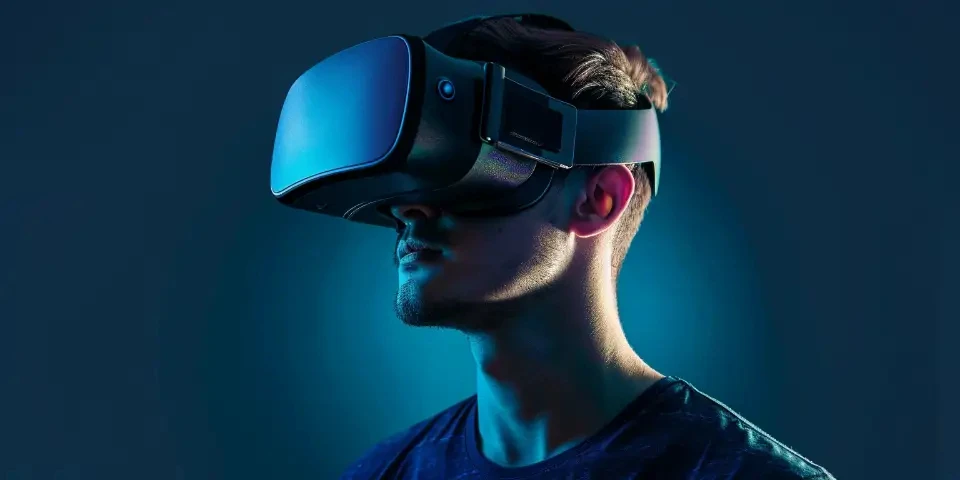From Home Automation to Smart Living Embrace a Smol AI Future
In recent years, the concept of home automation has evolved into a more comprehensive and interconnected system known as smart living. With the advancements in artificial intelligence (AI) technology, our homes have transformed into intelligent living spaces that can seamlessly adapt to our needs and preferences. In this article, we will explore the various aspects of smart living and how it is revolutionizing our daily lives.
1. Voice-Activated Assistants: The Gateway to a Smol AI Future
Voice-activated assistants such as Amazon Alexa, Google Assistant, and Apple Siri have become an integral part of smart living. These AI-powered devices can perform a wide range of tasks, from controlling smart home devices to answering queries and providing personalized recommendations. With their natural language processing capabilities, these assistants have simplified our interaction with technology and have quickly become indispensable in our homes.

In addition to their convenience, voice-activated assistants also raise concerns about privacy and data security. It is essential to understand the privacy policies and take necessary precautions to ensure our personal information remains secure.
2. Smart Energy Management: Efficient and Environmentally Friendly
Smart living involves optimizing our energy consumption by utilizing smart devices such as smart thermostats, smart lighting, and energy monitoring systems. These devices can adapt to our usage patterns and make adjustments to conserve energy, resulting in lower electricity bills and a reduced environmental impact.
Energy monitoring tools, such as the Sense Home Energy Monitor, provide real-time data on energy consumption, enabling homeowners to identify energy-hungry appliances and make informed decisions to save energy. With the integration of AI algorithms, these tools can even predict future energy usage patterns and suggest ways to further optimize energy consumption.
3. Enhanced Security and Safety: Protecting What Matters Most
Smart living offers advanced security and safety features that provide homeowners with peace of mind. Smart security systems equipped with AI-based facial recognition technology can detect and differentiate between known and unknown individuals, helping prevent unauthorized access to our homes.
In addition, smart smoke and carbon monoxide detectors can instantly alert homeowners and emergency services in the event of a potential threat, ensuring quick response and minimizing damage. These systems can also provide valuable insights, such as analyzing fire patterns and offering suggestions for fire prevention measures.
4. Health Monitoring: Promoting Wellness at Home
With the integration of AI and smart devices, our homes are transformed into health monitoring hubs. Smart wearables, such as fitness trackers and smartwatches, can track our vital signs, exercise routines, and sleep patterns. This data can be seamlessly transmitted to our healthcare providers, enabling more personalized and proactive healthcare.
Smart home devices can also contribute to a healthier lifestyle. For example, smart refrigerators can monitor food inventory and expiration dates, providing timely reminders to consume perishable items. AI-powered wellness apps can offer personalized diet and exercise plans based on individual health goals, promoting better overall health.
5. Enhanced Entertainment and Multimedia Experience
A smart living environment takes entertainment to a whole new level. Smart TVs, integrated with AI capabilities, can recommend personalized content based on our viewing preferences and habits. These TVs can understand voice commands, eliminating the need for traditional remote controls and simplifying the overall user experience.
Streaming devices, such as Amazon Fire TV Stick and Google Chromecast, provide access to a multitude of streaming platforms, allowing users to enjoy a wide range of entertainment options. These devices can also be seamlessly integrated with other smart home devices, such as lighting and sound systems, to create an immersive multimedia experience.
6. Simplified Home Management with Automation
One of the significant benefits of smart living is simplified home management through automation. Smart home hubs, such as Samsung SmartThings and Apple HomeKit, act as a centralized control system for all connected devices in the house. With a single command or through automation routines, homeowners can control multiple devices simultaneously, saving time and effort.
For example, setting up an automation routine called "Good Morning" can trigger the lights to gradually turn on, the coffee maker to start brewing, and the blinds to open, creating a pleasant and energizing ambiance to start the day. Similarly, an automation routine called "Good Night" can turn off all lights, lock the doors, and lower the thermostat, ensuring a comfortable and secure sleep environment.
FAQs
1. Can I control smart home devices when I am away from home?
Yes, most smart home devices can be controlled remotely through dedicated mobile apps. As long as you have an internet connection, you can monitor and control your devices from anywhere in the world.
2. Are smart home devices compatible with each other?
Many smart home devices are designed to be compatible with each other, thanks to industry standards like Zigbee and Z-Wave. However, it is always advisable to check the compatibility before making a purchase and ensure that the devices are from the same ecosystem or can be integrated using third-party platforms.
3. How secure is my personal data with smart home devices?
Personal data security is a valid concern with any connected device. It is crucial to choose reputable brands and read through their privacy policies to understand how your data is collected, stored, and processed. Regular firmware updates and using strong, unique passwords for each device can also enhance security.
Explore your companion in WeMate